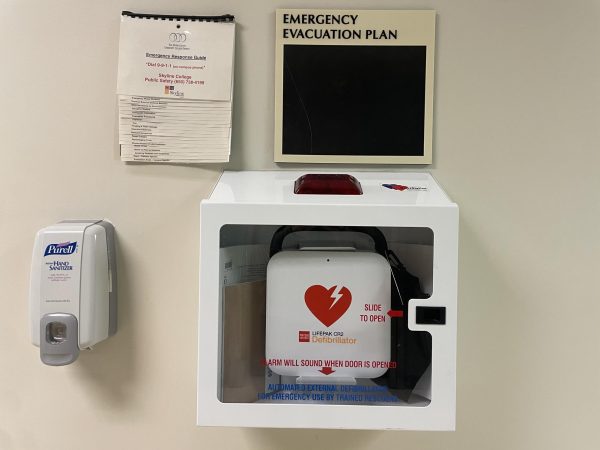Editorial: Big protests make small steps
The last few months have seen a dramatic upheaval in societal life across the globe. Though many are far from us, some have hit very close to home, namely the numerous student protests
occurring at college campuses across the nation.
From Claremont McKenna here in California to Yale in Connecticut, students are fed up with being mistreated and voiceless. However, many of these protests may only be part of the battle.
Obviously a few campus protests have seen obvious results, namely that the president of the University of Missouri, Timothy M. Wolfe, resigned. While this may be a victory right now, it will be short-lived. In the long run, the constant upheaval of authority figures won’t solve any issues, just delay them. A more beneficial and helpful tactic would be to start an open dialogue between students, administrators, and all other people involved in creating the educational environment on a college campus.
According to the 2015 UCLA Higher Education Research Institute (HERI) Diverse Learning Environments (DLE) Survey, 59.6 percent of students surveyed reported experiencing first-hand instances of racial discrimination, harassment, and bias. In addition, 57.5 percent of students surveyed reported witnessing discrimination regarding gender, race, and religious or spiritual beliefs. These numbers are far larger than school authority figures alone. Unfortunately, the campus activism seen recently has not directly involved student reformation, merely a rotation of authority figures on a select few campuses. This will not cause a direct improvement on discrimination by students towards other students, the likely cause of such high survey results.
Though the issues of harassment and bias will never have an “easy fix,” an enormous amount of progress can be made if campuses across the country begin to facilitate and promote opportunities for students and staff to participate in racial and cultural events and activities. Not only may this foster a more active student body, but it may just eliminate a large portion of discrimination all together.
According to the 2015 UCLA HERI College Senior Survey, 57.4 percent of seniors surveyed reported that they had communicated publically their opinions and ideas about a cause, either by joining protests or events, or by posting openly on social media or the internet. However, only 37.5 percent of the survey reported attending workshops related to race or cultural awareness. Such workshops are exactly what students need, though, to be more open and aware of other students. This is proven by the fact that, of the 37.5 percent that attended workshops, 54.5 percent reported having meaningful and honest communication about race/ethnicity with their peers and 68.6 percent reported that they felt it was important for them to help promote racial understanding. This is compared to the percentages of seniors who did not attend those workshops, which arrive at 31.5 percent and 40.1 percent respectively.
With an approximately 20 percent increase in both areas of research just from attending educational workshops, it seems obvious that group learning and open communication provide concrete results and improvements in the social climate of a college campus. Luckily, the protests themselves may have acted as community workshops already.
Nalani Haueter, a sophomore sociology student at Claremont McKenna, told The New York Times that she was shocked by the number of students participating, claiming that the events had “grown into a large percentage of this campus being active and paying attention.”
Such support among students is already a step in the right direction, and the campuses themsleves can easily harness and direct this energy by providing and promoting far more organized workshops and proactive teaching. Some campuses have already begun implementing such plans.
In a campus-wide email, Hiram E. Chodosh the president of Claremont McKenna college announced plans to create a new leadership position focused on diversity and providing help to all new students in adjusting to campus life. Actions such as these will certainly help foster a sense of community among students on campus and will hopefully reduce the number of discrimination incidents seen and or experienced on campus.
At the end of the day, while it may feel appropriate to raise fists and signs against the tyranny of obviously powerful oppressors, the population of college students in America could greatly benefit from simply attending campus workshops, lectures, and clubs when available. And with this information, campus officials should also begin providing more opportunities for students to intereact with and support each other. Though the protests acted as the spark people needed to begin making solutions, proactive leadership and students being more active in attending workshops and events could have prevented the whole situation. Historically speaking, replacing authority figures again and again doesn’t work, but communicating with peers and actively improving the community as a whole does.











